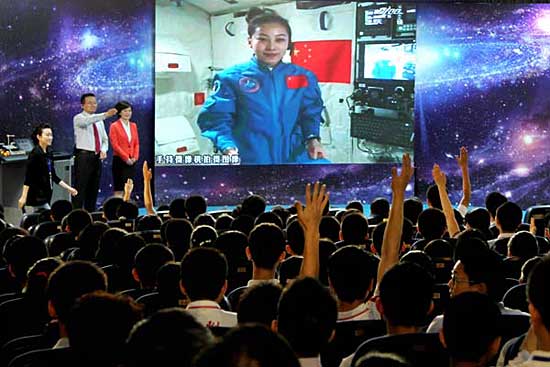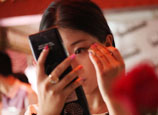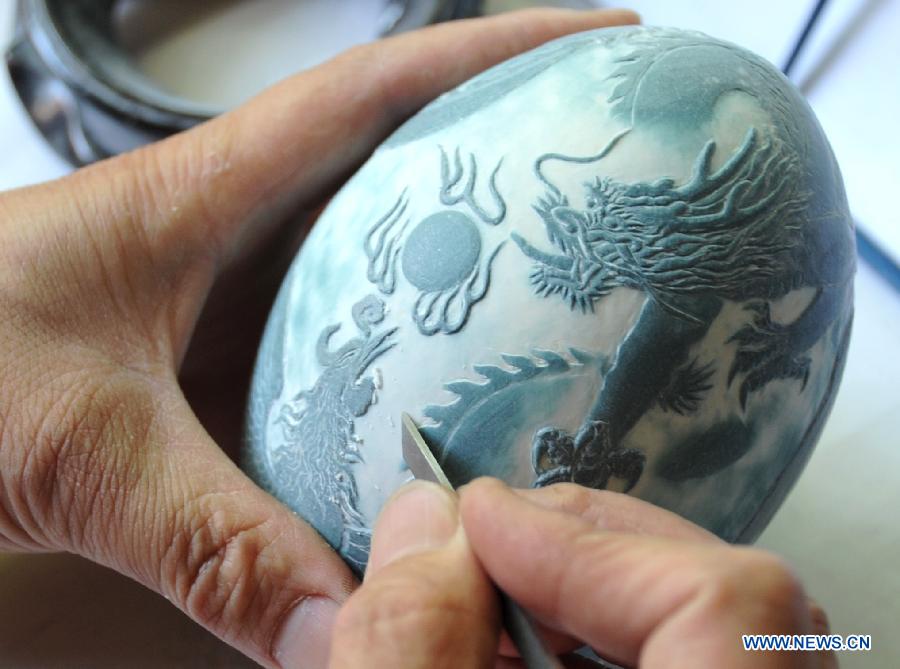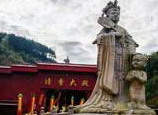
 |
| Astronaut Wang Yaping teaches a class from space to the High School Affiliated to Renmin University of China in Beijing on Thursday. Gao Haitao / For China Daily |
The two then conducted a string of experiments that demonstrated how objects behave in low gravity — from a bubble of water to a spinning toy.
Wang started with a question of how astronauts measure weight in the weightless orbiter.
Nie demonstrated by measuring his weight on the special scale onboard the orbiter, which was designed on the basis of Newton's second law of motion, or measuring the mass of an object through net force and acceleration.
It was followed by an experiment where she held out a small ball tied to a string. "What will happen if I let the ball go?" she asked.
The ball did not swing as it would on Earth but stayed suspended. When she pushed the ball gently, the ball moved in a circular motion, which stirred the classroom a bit.
Wang later pushed a static gyro and a moving gyro to change the way they move.
What appeared to excite students most were the experiments with water.
Wang made a film of water with a metal ring, and then a ball of water to explain how zero gravity magnified surface tension.
Chen Yumeng, 16, a student from Beijing No 80 High School, said the water ball experiment was an eye-opening experience, as it is impossible to see on Earth.
On Earth, the effect of gravity and buoyant force will make air ascend inside water, but in low gravity, air bubbles stay inside the water, she said.
"The demonstration is too short, just 40 minutes," Chen said. "I wished the astronauts could do more experiments up in space."


















 A hemophiliac and his 'treasures'
A hemophiliac and his 'treasures'


![]()
